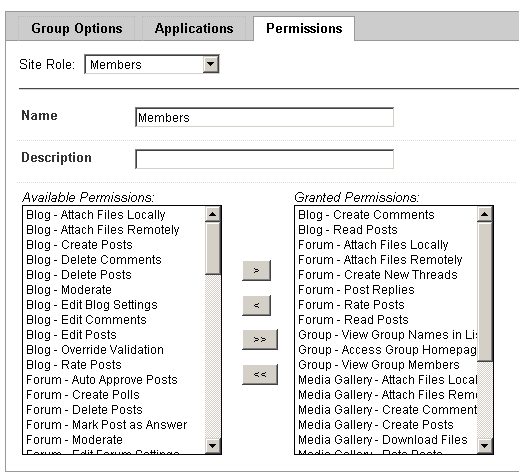For some time I’ve been giving Jeff Blankenburg, our region’s Microsoft Developer Evangelist, a good-natured ribbing over the lack of tests or real-world architectures or design in his demos. This isn’t just a problem I have with Jeff, it’s a problem I have with our community of speakers in general, both inside and outside Microsoft.
Here’s the gist of my gripe: Our industry’s in an awful place right now regarding how we use the tools/platforms/whatever that Microsoft delivers. Don’t believe me? Brush up on software design patterns and practices (read Uncle Bob’s Clean Code or Bill Wagner’s Effective C# or McConnell’s Code Complete), then take another look at how you write your own code. Go look at various open source projects. Look at the examples and guidance that come out of Microsoft. Rethink how the last 100-level “Intro to <X>” session you saw was presented.
Take a look at a number of those and maybe you’ll see my point: We’ve got way too many examples and demos from way too many smart folks and groups which show zero tests or awful implementation practices. The 100-level introductory presentations we see at way too many user groups and code camps do nothing to help us software engineers decide HOW we should implement something.
Changing this situation requires a concerted, long-term effort on many parts:
- User group leaders and conference organizers should start demanding this of folks presenting at their events
- Speakers need to step up to the plate and speak to the real world sharp edges of implementing the latest, greatest tool or technology
- Attendees at these events need to lose their apathy and get engaged. Demand better from speakers: “How would you test that? How does that fit in a real implementation? What lessons have you learned from solving problems with this?”
I understand the perceived difficulty of trying to get a topic introduced in a clear, understandable fashion while trying to show that topic’s real world implementation. Too bad. Step up to the plate and re-think how you’re doing your presentations. Scale back scope. Rethink how you demo things. This issue can and must be solved.
As part of this, I want to offer up a challenge to Microsoft evangelists anywhere, not just Heartland, who are presenting to companies, user groups, or events: step up to the plate. Speak to how the tools, frameworks, or whatever need to fit into the real world. Show tests. Show the hard edges. Encourage your audiences to use critical thought in fitting these technologies into their environments.
Why am I singling out MS Evangelists? Simple. Scalability. MS Evangelists speak to a huge number of folks in any given month. That’s their job. I do four, maybe six presentations in a year (mostly because I suck, but that’s beside the point). Jeff Blankenburg did seven gigs last month and 20 over the previous three.
Like it or not, what comes out of Redmond is too often taken as gospel. Bad examples or demos which show zero tests or have everything including data access wrapped up in a code behind are far too prevalent. This isn’t anywhere near Microsoft’s fault – folks who blindly take those examples as gospel are failing to use any critical thought. I’ve had long discussions with my pal Leon about this, and we even drew poor Mike Wood into the discussion when he was trapped in a car with me and Leon for nine or ten hours on the way to and from the Kalamazoo X conference last weekend.
Here’s the meat and potatoes of my challenge: I’m willing to step up to the plate with something on my side: Cold, hard cash. During the months of May, June, and July, I’m offering to donate my entire monthly discretionary spending budget of $200 to charities of your choice if you’ll meet my challenge. Here are the rules:
- Present at an event, company, or user group
- Show a demo which includes unit, integration, or feature tests
- Show a demo where you lay out real-world implementations with a solid architecture
- Discuss pros and cons of the technology you’re presenting on
Do that, then mail me (contact info on right sidebar) a summary of your talk. I’ll write out a check for $20 to your favorite charity. I’ll do that each time until I’ve spent all my discretionary allowance for that month. That’s ALL my blow money for the next three months I’m putting on the line. No saving for the new home server I need. No beers after my .NET user group meetings. No purchases of MP3s from Amazon.com. No purchasing coffee beans to roast once I run through my remaining stash of unroasted beans.
Terms and conditions: Don’t be a nitpicker. Assert.IsTrue(true); isn’t the kind of test I’m talking about! Make a solid effort to at least show some good tests. I don’t expect perfection, but I do expect a good shot. No more than three contributions per evangelist per month.
Don’t get started on how this is only one tiny piece of the puzzle, or how we shouldn’t rely on Microsoft to do all our thinking for us, or … <insert_fave_argument_here>. I’m all over all those issues. However, changing our .NET industry will take time. This is just one small kick in the rear to try and get that change happening a bit faster.





